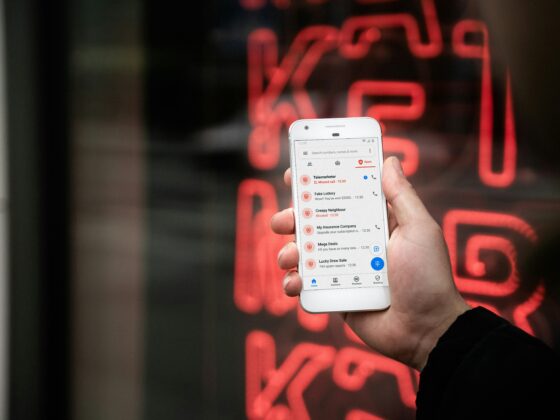
Because in 2025, leadership isn’t measured by how many hours you clock in or how many pipeline reports you generate. It’s measured by your influence. And influence lives here, in the conversations, stories, and ideas you share with the world.
🌍 The Game Has Changed
Not too long ago, sales success was about the grind. The cold calls. The business cards. The client dinners that stretched until midnight.
But here’s the shift no one can ignore anymore:
📌Buyers don’t wait for your pitch to learn about you.
📌Colleagues don’t wait for your résumé to understand your leadership.
📌Teams don’t wait for your meeting invite to feel your presence.
They go to LinkedIn. They scroll. They decide.
LinkedIn is no longer just a platform. It has become the global boardroom—a place where reputations are shaped, trust is built, and leaders are chosen before the first handshake.
And if you’re not showing up here, you’re not showing up at all.
Why LinkedIn Is the New Power Tool for Sales Leaders
- It amplifies your voice. Sales leaders who post consistently are not just known inside their company walls—they’re known across industries. That visibility creates opportunities that no pipeline alone can deliver.
- It builds authority before the pitch. In a world of information overload, authority matters more than access. When decision-makers see you sharing insights, they don’t just view you as another salesperson—they see you as a trusted advisor.
- It future-proofs your career. Companies change. Titles change. Markets change. But the influence you build on LinkedIn compounds and stays with you. It’s your career equity.
- It humanizes leadership. People don’t follow titles, they follow stories. Sharing your journey—wins, struggles, lessons—makes leadership relatable and magnetic.
A Simple Framework for Influence on LinkedIn
You don’t need to post daily or master complex hacks. Influence is built on clarity and consistency. Here’s a framework I’ve seen work for the best leaders:
- Share stories, not just stats Data informs, but stories inspire. Tell the story behind the number, and people will remember the lesson—not the percentage.
- Post with rhythm Two to three thoughtful posts a week are enough to stay top of mind. Consistency matters more than frequency.
- Lead in conversations Don’t just publish—participate. Commenting with insight on industry discussions puts you in the same room as the decision-makers you want to influence.
- Position yourself as a guide, not a broadcaster Ask questions. Spark dialogue. Influence grows when people feel included in the conversation, not preached to.
Proof That It Works
Look at the leaders shaping industries today. Their authority doesn’t come only from the boardroom table—it comes from the digital stage they’ve built on LinkedIn.
Executives often admit: “We checked their LinkedIn before we invited them in.” That means your presence here is no longer a “nice to have”—it’s your first impression, your credibility test, your silent elevator pitch.
And here’s the kicker: the leaders who consistently use LinkedIn to influence don’t just attract clients. They attract speaking invitations, collaborations, talent, and opportunities they never would’ve accessed through cold outreach alone.
The Future Belongs to Visible Leaders
Sales leadership in 2025 isn’t about being the loudest voice in the room. It’s about being the most trusted voice in the digital space.
LinkedIn is no longer a résumé site. It’s the headquarters of influence. And the leaders who embrace this aren’t just staying relevant—they’re shaping the future of their industries.
So ask yourself:
🔵Are you still treating LinkedIn like a CV?
🔵Are you ready to use it as your stage for influence and leadership?









